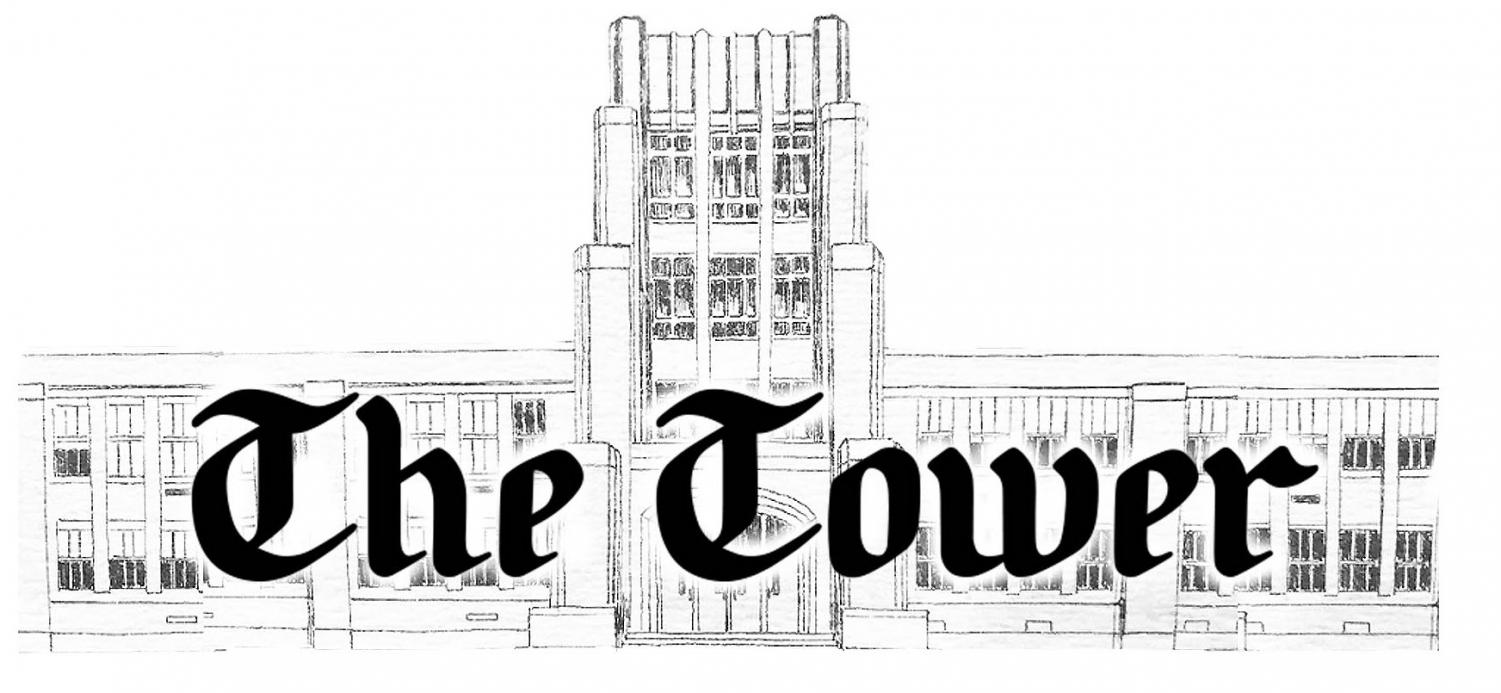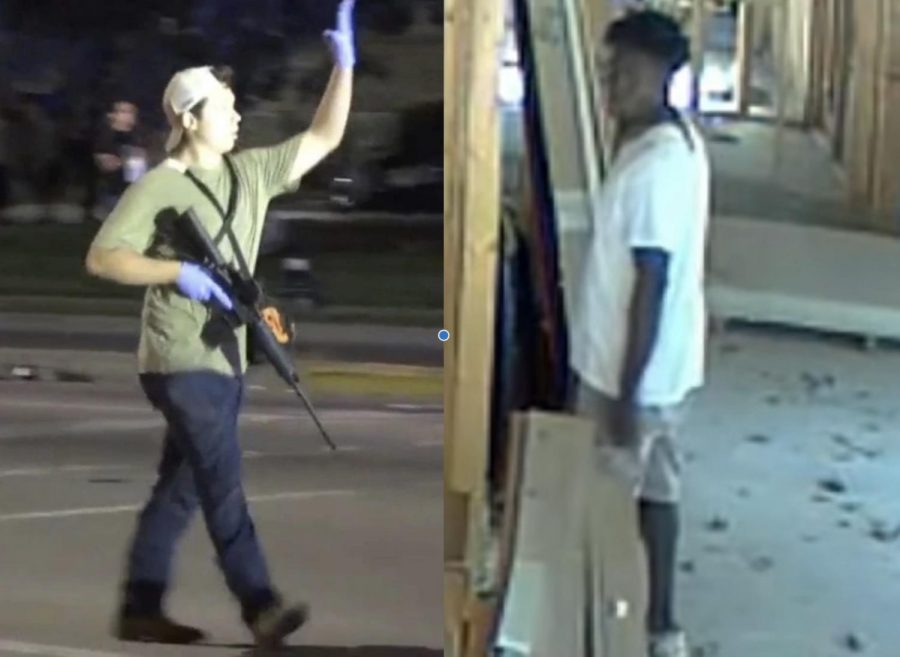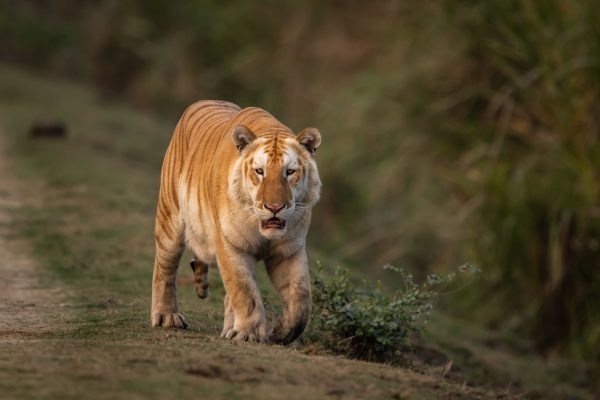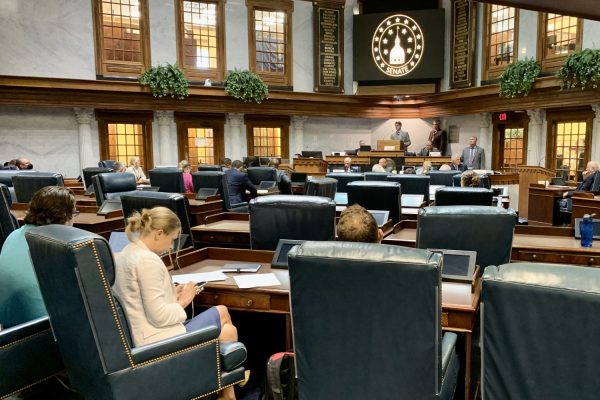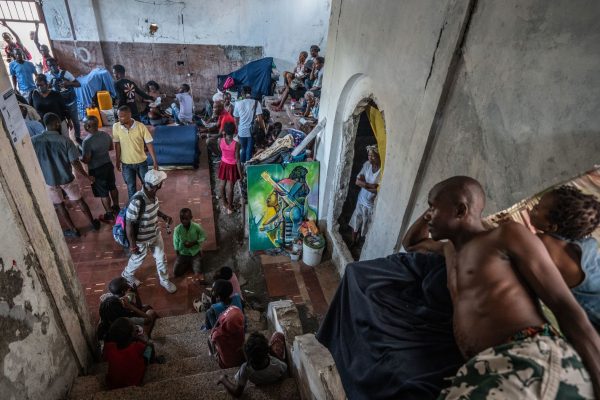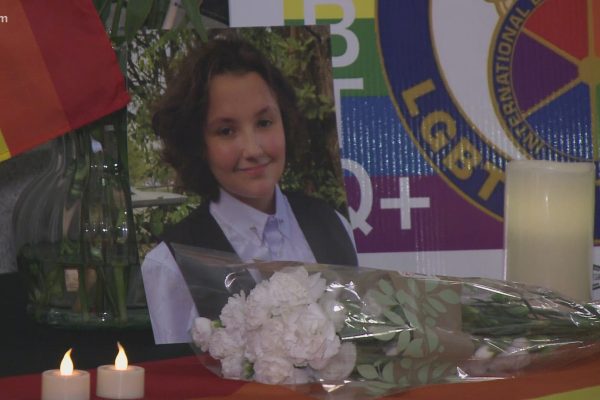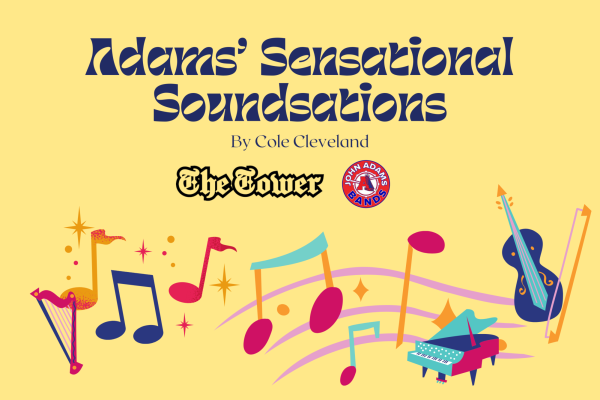Ahmaud Arbery vs. Kyle Rittenhouse trials
December 10, 2021
Intense protests erupted after the August 23, 2020 shooting of Jacob Blake, an armed black man, by a white police officer in Kenosha, Wisconsin. While Blake was not killed, he was paralyzed and his shooting sparked resentment toward law enforcement. The civil unrest stemmed from racially-motivated police brutality used excessively against African Americans. The prominent Black Lives Matter (BLM) group, an association of people who sympathize with black citizens, had been at the forefront of these demonstrations. Following the vandalism of a local courthouse, armed burglaries, arson, and damage to police establishments, Wisconsin declared a state of national emergency and the Wisconsin National Guard was deployed to quell the turmoil. The violence continued for three nights; left-wing and right-wing protestors had clashed and various militia groups arrived including Proud Boys. Prior to the chaos that unfolded later on, the Kenosha Police force had been fraternizing with armed civilians, which enabled more violence.
Two days later, on August 25, seventeen-year-old white Kyle Howard Rittenhouse traveled from Antioch, Illinois to Kenosha to carry out what he claimed was protecting local businesses. He was a former police youth cadet and an avid supporter of the Blue Lives Matter movement, which sides with the interests of law enforcement officers. Before the shooting, Rittenhouse obtained a gun from his adult friend, Dominick Black. Armed with the AR-15 style rifle, Rittenhouse and Black stood in front of Car Source, a car dealership that had suffered $1.5 million in damages and offered to defend them against riots. It is highly disputed whether the owners of the business asked for their protection, as they never asked the volunteers to come nor leave. Rittenhouse and Black were not the only armed men standing sentinel in front of businesses, as others had stationed themselves in front of other establishments. Rittenhouse had also been interviewed by various bystanders and journalists, telling them that he was offering medical assistance and supporting the police.

Later that evening, Rittenhouse had killed two men and injured a third, all of whom were white. In a series of confrontations between the attendees, thirty-six year old Joseph Rosenbaum, a protestor, had chased Rittenhouse and threw a bag at him. At 11:48 pm, Rittenhouse fired four rounds at Rosenbaum, who later succumbed to his injuries in a hospital. Rittenhouse kept running until he tripped and was tackled by a group of demonstrators. Anthony Huber, twenty six, approached Rittenhouse and began to hit him with a skateboard. Rittenhouse shot him in the chest and he died. Gaige Grosskreutz, who was a legal observer, had an expired concealed carry permit and believed that Rittenhouse was an active shooter. After showing Rittenhouse his glock, Rittenhouse proceeded to shoot Grosskreutz in the arm. After the shooting, Rittenhouse held his hands up and allowed himself to be arrested.
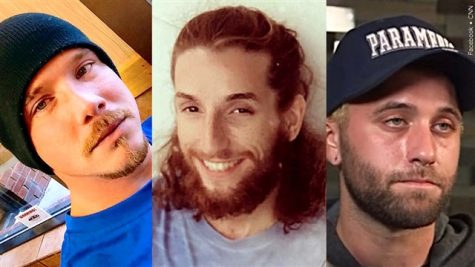
At Kenosha County Circuit Court in Wisconsin, the Rittenhouse trials took place from Nov. 1 to 19, 2021 that resulted in the acquittal of Rittenhouse from all charges. During that time, Judge Bruce Schroeder received death threats and demands of resignation that numbered in the thousands over accusations of alleged racism. Various BLM supporters demanded Schroder to be prosecuted himself and deemed the verdict an injustice. On the other hand, many conservatives had lionized Rittenhouse and believed the trial was fair. Rittenhouse testified that he acted in self defense and his age also absolved him from the consequences for homicide. While supporters of Rittenhouse argued that he killed Rosenbaum and Huber in self-defense, others argued that he made a decision to provoke a dangerous crowd and knowingly put himself in a hostile environment during a dangerous situation. His opposition also affirmed that some witnesses that testified were right-leaning and could have been biased in Rittenhouse’s favor along with the amount of money spent on Rittenhouse’s defense team.
The Rittenhouse saga did not end at the verdict. The aftermath of this trial spawned several protests and even a temporary Facebook ban on Rittenhouse’s name search results, which was lifted after his acquittal. High-ranking republicans even celebrated Rittenhouse’s victory, which Rittenhouse’s defense lawyers deemed “disgusting.” Florida Rep. Matt Gaetz (R) had offered him a congressional internship on Capitol Hill. Georgia Rep. Marjorie Taylor Greene (R) suggested awarding Rittenhouse the Congressional Medal of Honor, which would need two-thirds of the vote in congress to pass. As much as republicans viewed Rittenhouse as a patriot who protected Kenosha, this case continued to be controversial and divisive. Rittenhouse, who is now eighteen, claimed that he was “sickened” by the polarization and politicization of this case in an interview with conservative talk show host Tucker Carlson.
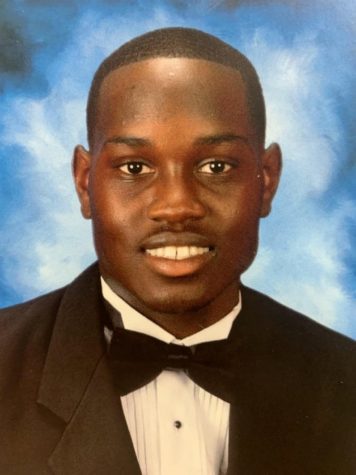
On the other hand, a different trial had gripped the country that contained similar themes of vigilantism, race, and policing. On Feb 23, 2020 in Brunswick, Georgia, Ahamaud Marquez Arbery, an unarmed black man was taking a jog through the Satilla Shores neighborhood in Glynn County when he was shot to death by three white men. Travis McMichael, thirty-five, and his father Greg McMichael, sixty-five, along with fifty-two year old neighbor William “Roddie” Bryan has been found guilty on all charges of murder. Arbery, who was twenty five when he died, had been cornered by the trio on his run, who assumed he was a burglar fleeing from a crime scene. The gunmen suspected Arbery in a series of break-ins and they had seen him walking from a house near a construction site, where Arbery did not instigate any illegal activity. Prior to the murder, the shooters had been in an online neighborhood forum where they voiced their concerns about the break-ins. The two McMichaels approached Arbery on his run in a pickup truck, claiming they wanted to talk to him. Bryan, who was in a vehicle behind the McMichaels, caught the confrontation on camera and the graphic footage had been used to convict the three men. Bryan’s video recording captured a struggle between Arbery and his assailants that resulted in Arbery being shot thrice after trying to disarm and punch the attackers.
In Brunswick at Glynn County Courthouse on Oct 18 the Ahmaud Arbery trial commenced and had reached a verdict on Nov 24. With an overwhelmingly white jury and twenty-three witnesses, the McMichaels and Bryan were found guilty on all charges of murder. Before the trial, former Brunswick district Attorney Jackie Johnson had been indicted with violating her oath by favoring Greg McMichaels, who was a former police officer. For Arbery’s family and supporters, the verdict had been a step towards racial justice. However, the defendants testified that they acted in self-defense when Arbery tried to disarm them. Under Georgia’s open-carry law and with a state law claiming “a private person may arrest an offender if the offense is committed in his presence or within his immediate knowledge” allows citizens to legally arrest whoever they deem a perpetrator. However, this law does not give the right to people to hunt down unarmed citizens and it did not absolve the three men of murder charges. Despite their claims of Arbery trespassing, the three gunmen were still given life sentences. Arbery’s death had been likened to a lynching by the general public. Both then-president Donald Trump and then-presumptive 2020 presidential candidate Joe Biden expressed words of sympathy. While this case was not as divisive as the Rittenhouse trial, it resonated with the George Floyd trial that intensified the BLM movement nationwide.
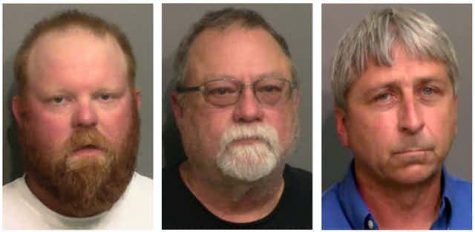
After the Arbery trial, bipartisan hate crime legislation had been passed and a reformed citizens arrest law had been created in Georgia. Intense public debate surrounded the two cases, as they had been in the national spotlight. Gun rights, self defense, and inequality had been at the center of these disputes, and the verdicts caused a stir in America.
